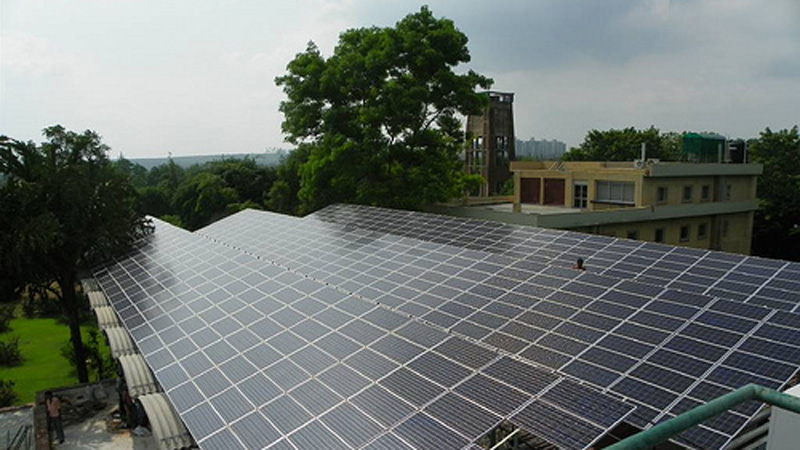The Indian government is diverting some $25 billion earmarked for clean energy to an unrelated policy, a national news site revealed on Monday.
Narendra Modi’s administration has won plaudits internationally for hiking taxes on coal production and aiming to install 175GW of renewables by 2022.
Yet the biggest pot of money raised to support solar, wind and other climate-friendly power sources has been sacrificed to a major reform of India’s goods and services tax (GST).
The move was confirmed by the finance ministry in response to a query filed under India’s Right to Information Act by Scroll.in.
Modi and Adani: the old friends laying waste to India’s environment
Since Modi took office in 2014, the coal cess has been raised from 50 rupees a tonne ($0.78) to 400 ($6.21). The idea was to dedicate that revenue to greening the economy.
However, only 37% of the money collected between 2010 and 2017 was allocated to the clean energy and environment fund, Scroll.in reported. The rest sat idle, creating a surplus that reached 56,700 crore rupees ($8.8 billion) at the beginning of this financial year, more than 20 times the annual budget of the environment ministry.
That surplus has now been allocated to compensate states that will lose out in the GST reform. More than 1 lakh crore rupees ($15.5bn) of revenue due to be channeled into clean energy over the next five years will go the same way.
About 55 ongoing clean energy projects will continue to be funded through general taxation, an unnamed finance ministry official told Scroll.in. “But this fund for now is over. After five years the government can rethink if it wants to spend 50% of the cess collected again for renewable energy and environment.”
